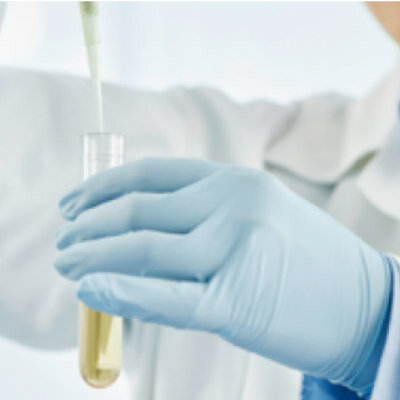Biomarker Discrimination Leads to Improved Definitive Diagnoses
By LabMedica International staff writers
Posted on 03 Aug 2011
Antibodies bind with high specificity to one protein molecule or a limited group of molecules and are accordingly used to test for specific biomarkers. Posted on 03 Aug 2011
However, problems arise when the antibodies bind to groups of similar proteins that are associated with normal bodily changes and this can lead to false positives and therefore unreliable information or misdiagnosis.
Scientists at the University of Edinburgh (UK) working with industrial partners, showed how different proteins are made up, and therefore how they can be identified reliably. The highly sought solution is called “intelligent selection” of antibody-specific interaction sites on hormones that can differ from similar sites of other hormones by just one molecule.
The investigators focused on human chorionic gonadotropin (HCG), a hormone produced during pregnancy. A subunit of HCG, known as HCGβ, is secreted by some cancers, which means detection can give early warning of tumors. The hormone HCG is very similar to other reproductive hormones, known as luteinizing hormone (LH) and follicle-stimulating hormone (FSH), which are always present in the body. When detected, HCG can be confused with these other hormones, leading to fallacious results.
A combination of optical spectroscopic measurements and atomistic computer simulations on certain free peptides revealed differences in turn type stabilized by specific hydrogen bonding motifs. The team showed how very subtle, atomic level characteristics define the antibody selectivity in closely related epitopes of different proteins. They identified that specific antibodies are highly selective in immunoassays and can distinguish between HCGβ and closely related LH fragments.
Maxim G. Ryadnov, PhD, an author of the study, stated, "This work answers one of the big questions in distinguishing biomarkers which are critical for identifying and treating serious diseases. We hope this breakthrough will underpin the development of a range of new diagnostic techniques and treatment." Paul Davis, PhD, is the chief scientific officer of Mologic Ltd. (Bedford; UK) the diagnostic company that initiated the study. He said, "It was a great collaborative effort, and it stands as a fine example of what can be achieved when motivated scientists work together openly across boundaries." The study was published on July 15, 2011, in the Journal of Biological Chemistry.
Related Links:
University of Edinburgh
Mologic Ltd.













